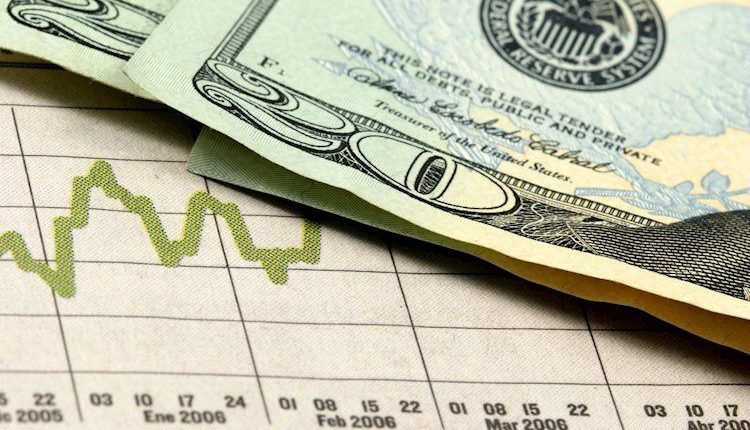- US Dollar retreats as United States election uncertainty offsets upbeat service sector data.
- ISM Services PMI surges, signalling accelerating growth in the sector despite ongoing political concerns.
- Trump’s election odds affect US Dollar amid expectations of inflationary policies.
The US Dollar Index (DXY), which measures the value of the USD against a basket of six currencies, retreats as uncertainty surrounding the upcoming US presidential election dampens gains from upbeat service sector data. Despite a surge in the ISM Services PMI indicating robust growth, concerns over the election outcome weigh on the Dollar’s strength.
The US Dollar Index has recently declined due to increased probability of Kamala Harris winning the US presidential election and a disappointing October Nonfarm Payrolls (NFP) report released last week. The weak job growth data, despite rising wage inflation, has raised expectations of a less hawkish Federal Reserve (Fed) stance. In the meantime, markets are pricing in a 25-basis-point rate (bps) cut by the Fed this week, which could further weaken the US Dollar.
Daily digest market movers: US Dollar down as US presidential election commences
- US Dollar faces selling pressure as attention shifts toward the US presidential election.
- ISM Services PMI for October exceeded expectations, indicating accelerating growth in the US service sector.
- The ISM Services PMI rose to 56 from 54.9 in September. This reading came in above the market expectation of 53.8.
- Prices Paid Index, a gauge of inflation, eased slightly, while the Employment Index improved.
- Concerns over political uncertainty rose among businesses, as per the ISM survey.
- Markets anticipate a 25 bps rate cut from the Fed next week and another in December.
- Investors speculate that a Trump victory could support the US Dollar due to his inflationary policies.
- There are no Fed speakers this week due to the media blackout ahead of the November 6-7 FOMC meeting.
DXY technical outlook: Bearish momentum grows, support at 103.50
The DXY index is consolidating, possibly indicating a retest of the 200-day SMA support at 103.50. The Relative Strength Index (RSI) is sloping downwards, escaping overbought territory. The Moving Average Convergence Divergence (MACD) is indicating lower green bars, further hinting at a potential retracement.
Key support levels to watch are 103.30 and 103.00, while resistance levels are found at 104.00, 104.50 and 105.00.
US Dollar FAQs
The US Dollar (USD) is the official currency of the United States of America, and the ‘de facto’ currency of a significant number of other countries where it is found in circulation alongside local notes. It is the most heavily traded currency in the world, accounting for over 88% of all global foreign exchange turnover, or an average of $6.6 trillion in transactions per day, according to data from 2022. Following the second world war, the USD took over from the British Pound as the world’s reserve currency. For most of its history, the US Dollar was backed by Gold, until the Bretton Woods Agreement in 1971 when the Gold Standard went away.
The most important single factor impacting on the value of the US Dollar is monetary policy, which is shaped by the Federal Reserve (Fed). The Fed has two mandates: to achieve price stability (control inflation) and foster full employment. Its primary tool to achieve these two goals is by adjusting interest rates. When prices are rising too quickly and inflation is above the Fed’s 2% target, the Fed will raise rates, which helps the USD value. When inflation falls below 2% or the Unemployment Rate is too high, the Fed may lower interest rates, which weighs on the Greenback.
In extreme situations, the Federal Reserve can also print more Dollars and enact quantitative easing (QE). QE is the process by which the Fed substantially increases the flow of credit in a stuck financial system. It is a non-standard policy measure used when credit has dried up because banks will not lend to each other (out of the fear of counterparty default). It is a last resort when simply lowering interest rates is unlikely to achieve the necessary result. It was the Fed’s weapon of choice to combat the credit crunch that occurred during the Great Financial Crisis in 2008. It involves the Fed printing more Dollars and using them to buy US government bonds predominantly from financial institutions. QE usually leads to a weaker US Dollar.
Quantitative tightening (QT) is the reverse process whereby the Federal Reserve stops buying bonds from financial institutions and does not reinvest the principal from the bonds it holds maturing in new purchases. It is usually positive for the US Dollar.
Read the full article here

